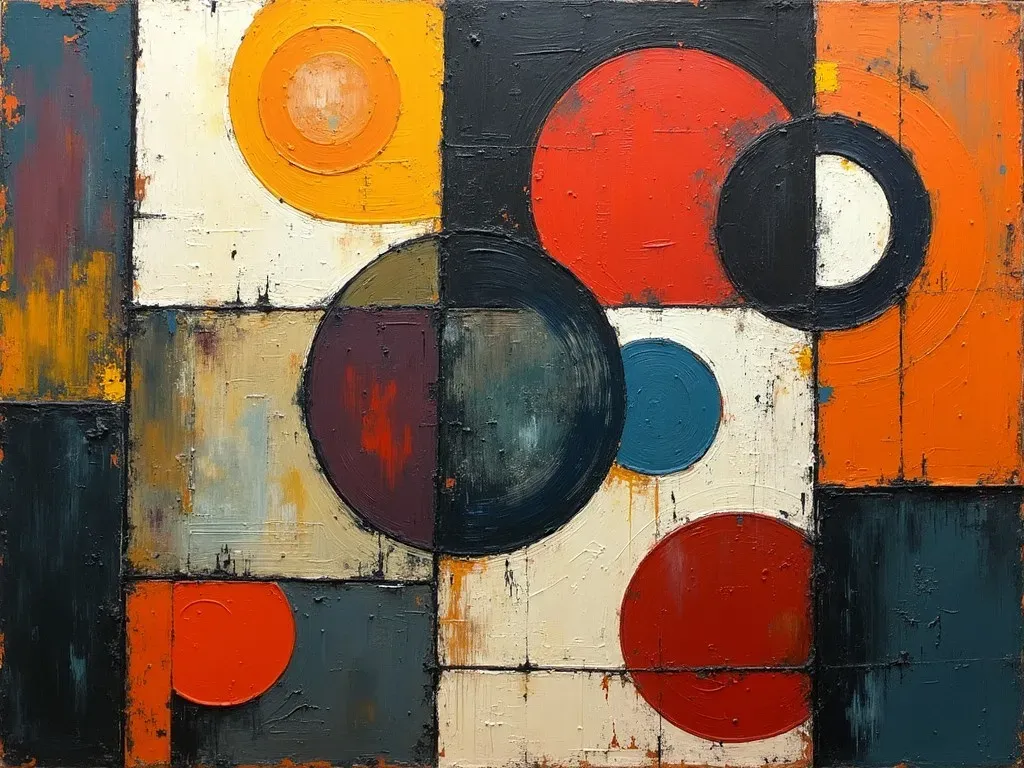Famous 20th-century painters transformed the landscape of art, ushering in movements that challenged previous conventions and paved the way for modern artistic expression. This era saw the rise of iconic figures such as Pablo Picasso, Salvador Dalí, and Andy Warhol, whose works continue to resonate with audiences today.
The Legends of the Canvas
The 20th century was rich with innovation and artistic evolution, showcasing painters who were not just skilled artists but also influential thinkers and cultural icons. Below is a look at some key figures who made indelible marks on the art world:
1. Pablo Picasso (1881-1973)
Pablo Picasso is arguably one of the most influential painters of the 20th century. Co-founder of the Cubist movement, Picasso’s innovative style deconstructed and redefined traditional perspectives in art. His notable works include “Les Demoiselles d’Avignon” (1907) and “Guernica” (1937), the latter of which powerfully addresses the impact of war.
2. Salvador Dalí (1904-1989)
A leading figure within the Surrealist movement, Salvador Dalí’s eccentric style and imaginative compositions captivated audiences worldwide. His famous painting “The Persistence of Memory” (1931) challenged perceptions of time and reality, showcasing melting clocks in a dreamlike landscape.
3. Jackson Pollock (1912-1956)
Known for his revolutionary drip paintings, Jackson Pollock became synonymous with the Abstract Expressionist movement. His technique involved pouring and dripping paint onto canvas, creating dynamic and chaotic works that express emotion and raw energy, exemplified in pieces such as “No. 5, 1948”.
4. Georgia O’Keeffe (1887-1986)
Often hailed as the “Mother of American Modernism,” Georgia O’Keeffe’s paintings feature bold colors and large-scale depictions of flowers and landscapes. Works like “Black Iris III” (1926) exemplify her focus on abstraction and the interplay of form and color.
Table: Key 20th Century Painters and Their Notable Works
| Artist | Key Works | Movement | Year of Birth | Year of Death |
|---|---|---|---|---|
| Pablo Picasso | Les Demoiselles d’Avignon, Guernica | Cubism | 1881 | 1973 |
| Salvador Dalí | The Persistence of Memory | Surrealism | 1904 | 1989 |
| Jackson Pollock | No. 5, 1948 | Abstract Expressionism | 1912 | 1956 |
| Georgia O’Keeffe | Black Iris III | Modernism | 1887 | 1986 |
| Andy Warhol | Campbell’s Soup Cans | Pop Art | 1928 | 1987 |
| Marc Chagall | I and the Village | Modernism | 1887 | 1985 |
Reference Video
The Emergence of New Movements
The 20th century was a battleground of artistic ideas where various movements emerged as responses to social and political issues, technological advancements, and shifts in cultural attitudes.
Abstract Expressionism
This movement foregrounded spontaneity and the act of painting itself, with artists like Pollock emphasizing physical engagement with the canvas.
Pop Art
Artists like Andy Warhol brought consumer culture to the forefront of art, blurring the lines between commercialism and fine art. His works challenge viewers to reconsider the implications of branding in modern society.
Surrealism
Influenced by the ideas of Sigmund Freud, Surrealist artists such as Dalí sought to express the unconscious mind through bizarre and dream-like imagery.
Cubism
Co-founded by Picasso and Georges Braque, Cubism revolutionized how objects were represented in art, depicting subjects from multiple viewpoints to create a fractured form.
FAQs about Famous 20th Century Painters
What impact did these artists have on modern art?
Famous 20th-century painters established new movements and concepts that challenged conventional art forms. Their experimentation laid the groundwork for subsequent generations of artists.
Are there any museums dedicated to these artists?
Yes, many museums around the world showcase the works of these iconic painters. For example, The Museum of Modern Art (MoMA) in New York holds an extensive collection of works by Picasso and Warhol.
Who is often regarded as the most important 20th-century painter?
While many may argue over who holds this title, Pablo Picasso is frequently considered the most pivotal due to his extensive contributions to various art movements, particularly Cubism.
Where can I view their artworks?
Numerous galleries and museums worldwide feature these artists’ works. Digital collections and virtual galleries have also made these masterpieces accessible online.
Conclusion
The legacy of famous 20th-century painters continues to influence contemporary art as they challenge notions of creativity and perception. Their innovative Techniques and thought-provoking themes ensure that their work remains relevant, inspiring new generations to explore artistic expression.
